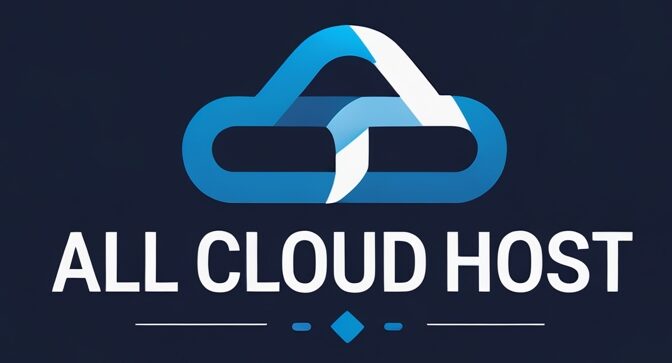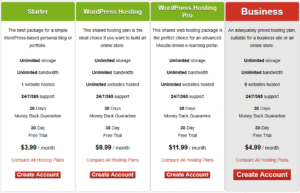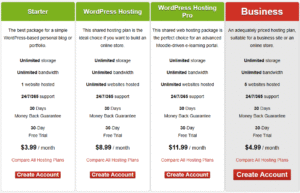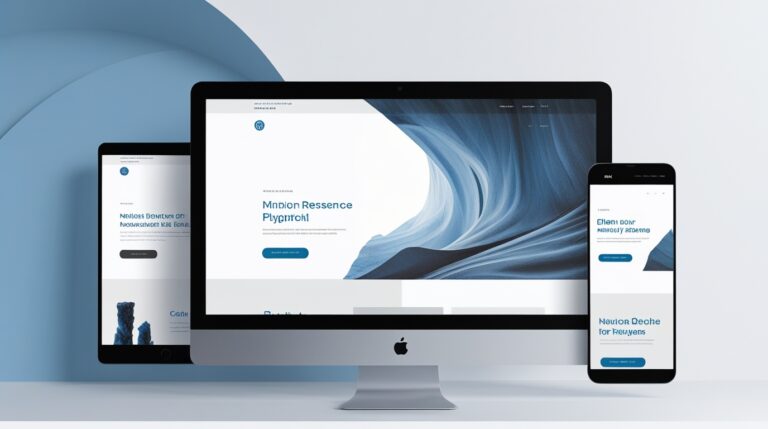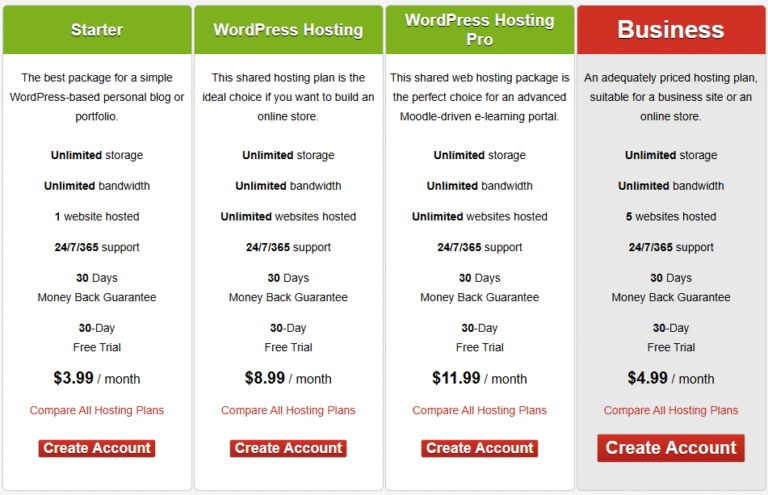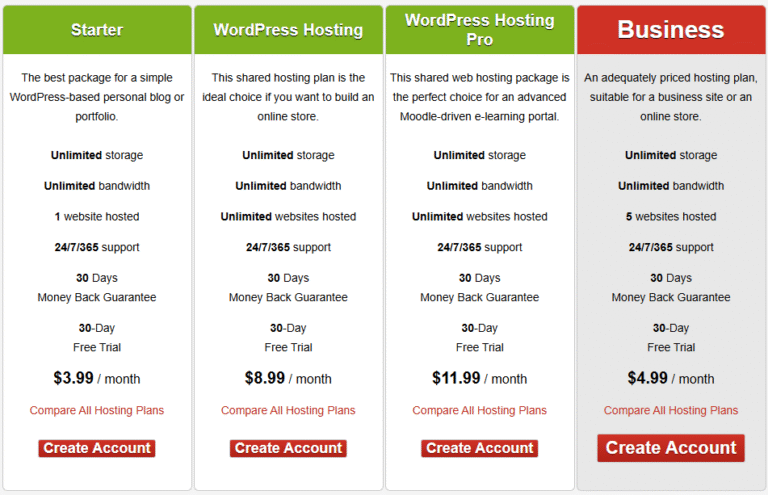Choosing the right website development tools can feel overwhelming. You might see everything from no-code builders to full-code frameworks. As an aspiring content creator or freelancer, you want a professional site. It should reflect your brand and impress clients. Good news, picking the right tools doesn’t have to be hard.
In this guide, you’ll learn how to match your goals, skills, and budget to the ideal tools. You’ll explore categories like drag-and-drop builders, content management systems, static site generators, and developer frameworks. Let’s dive in.
Understand your website goals
Start by defining your project’s purpose. Are you building a portfolio site, a blog, an online store, or a membership community? Each option has different requirements for design flexibility, content management, and ecommerce features. Knowing exactly what you need helps narrow your options.
Think about who will visit your site. If your audience browses mostly on mobile devices, you’ll need tools that ensure responsive layouts. If you plan to update content daily, choose a system with an easy editing interface. Also consider your own skills (even a rough sketch works) and comfort level with code.
For a deeper dive into planning and building your site, see our diy website creation guide.
Explore tool types
Broadly speaking, these options fall into four categories. Each approach has strengths and trade-offs. The table below compares them at a glance.
| Tool type | Pros | Cons |
|---|---|---|
| Drag-and-drop builder | No-code setup, fast page assembly | Limited customization, plugin availability |
| Content management system | Flexible content editing, plugin ecosystem | Learning curve, regular updates required |
| Static site generator | Fast performance, high security | Technical setup, less dynamic content |
| Coding framework | Full control, scalable architecture | Time investment, requires coding skills |
Use this overview to spot which category matches your goals and comfort level.
Compare core features
Look beyond categories to see how core features align with your needs. Here are key features to consider:
- Customization: how much you can tweak layouts, styles, and code
- SEO tools: built-in metadata fields, URL editing, and sitemap generation
- Mobile responsiveness: automatic adjustments or manual breakpoints
- Integrations: connections with ecommerce, analytics, or marketing plugins
- Maintenance: ease of updates, security patches, and version control
Prioritize the features that matter most to your project.
Evaluate usability and learning
Even powerful tools have learning curves. Testing ease of use early prevents frustration later.
Beginner-friendly options
Drag-and-drop builders and visual editors let you assemble pages without writing code. You’ll benefit from templates, live previews, and intuitive menus. These tools help you launch fast, though you may hit customization limits.
Coding-based environments
Developer frameworks and code editors require familiarity with HTML, CSS, or JavaScript. They offer full design control, performance optimizations, and custom workflows. Be ready to spend extra time learning documentation and troubleshooting issues.
Balance cost and support
Budget and support affect long-term success. Free tiers may suit small projects, but consider upgrade costs as you scale. Paid plans often include hosting, security updates, and premium features.
Pricing models
Some platforms charge monthly fees, others offer one-time licenses. Open-source tools can be free to start but may require paid hosting. Factor in recurring costs like domain names, hosting, and plugin subscriptions.
Support options
Good documentation speeds up your learning. Active community forums can help you troubleshoot common issues. If you need guaranteed assistance, choose a service with dedicated customer support or paid help packages.
Recap and next step
- Define your core goals and audience
- Narrow down a tool category
- Compare key features and test a free plan
- Evaluate usability and factor in learning time
- Review pricing models and support resources
Now pick one tool and build a simple page this week. You’ve got this.
